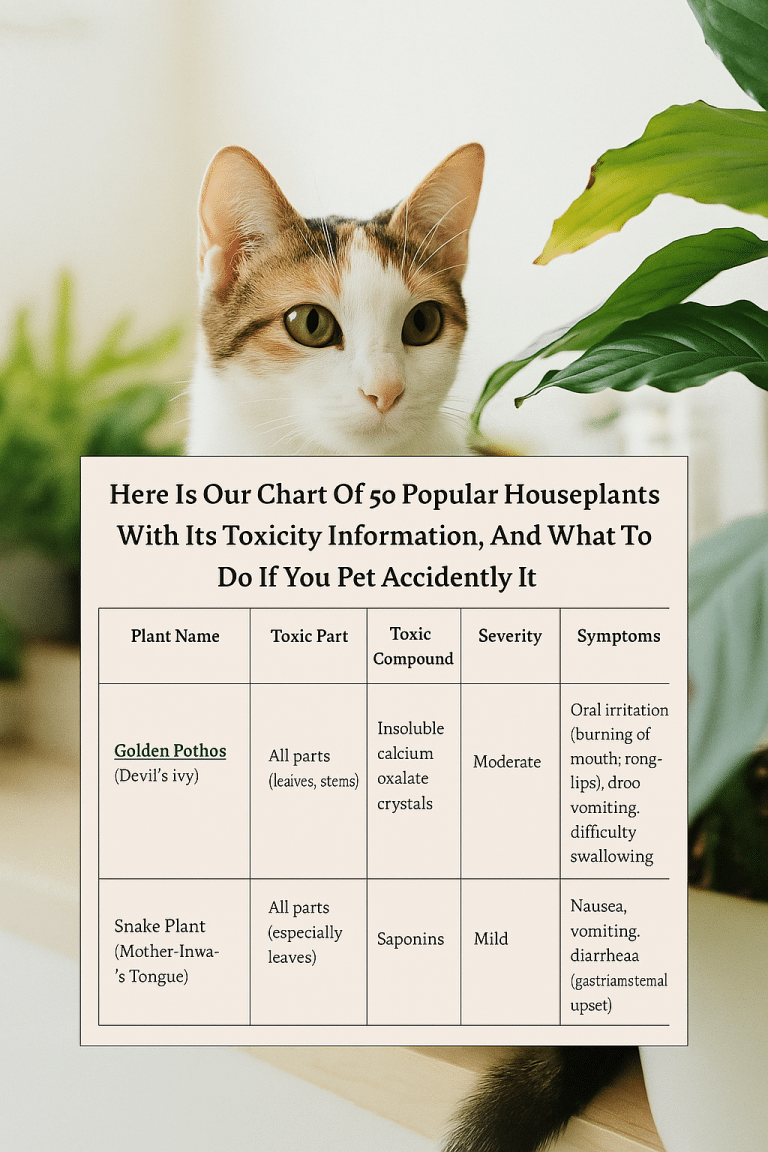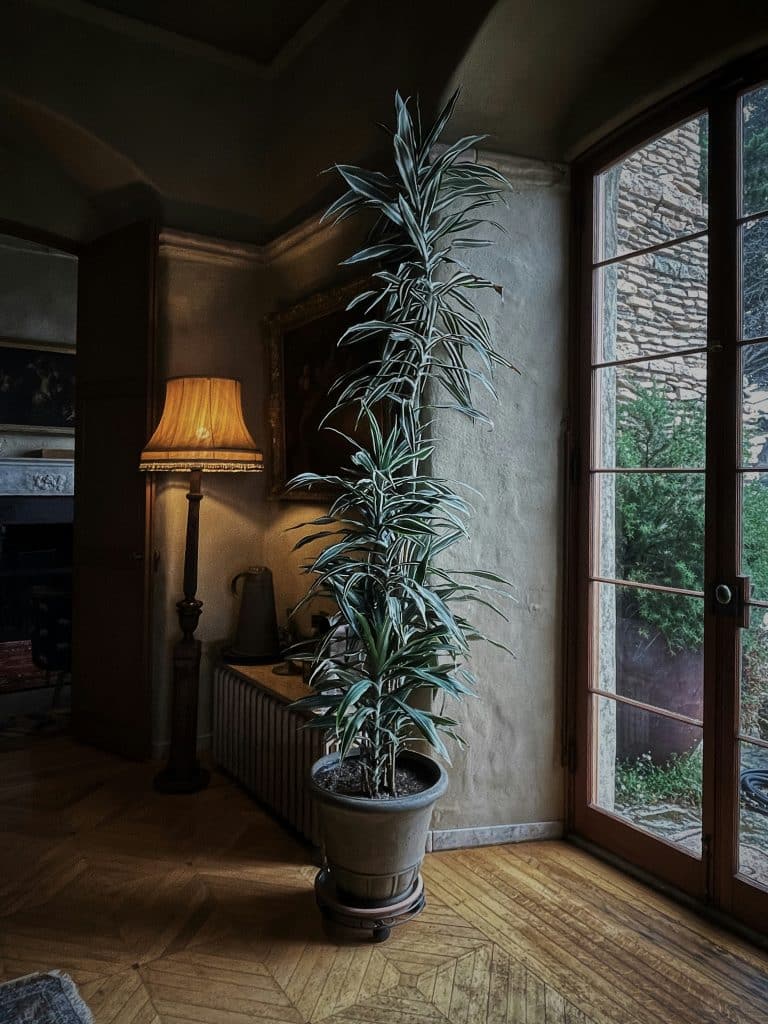How Much Light Do Indoor Flowering Plants Need?
Find out how much light indoor flowering plants need, based on what thrives in our Brooklyn community home—plus tips to boost blooming with light.
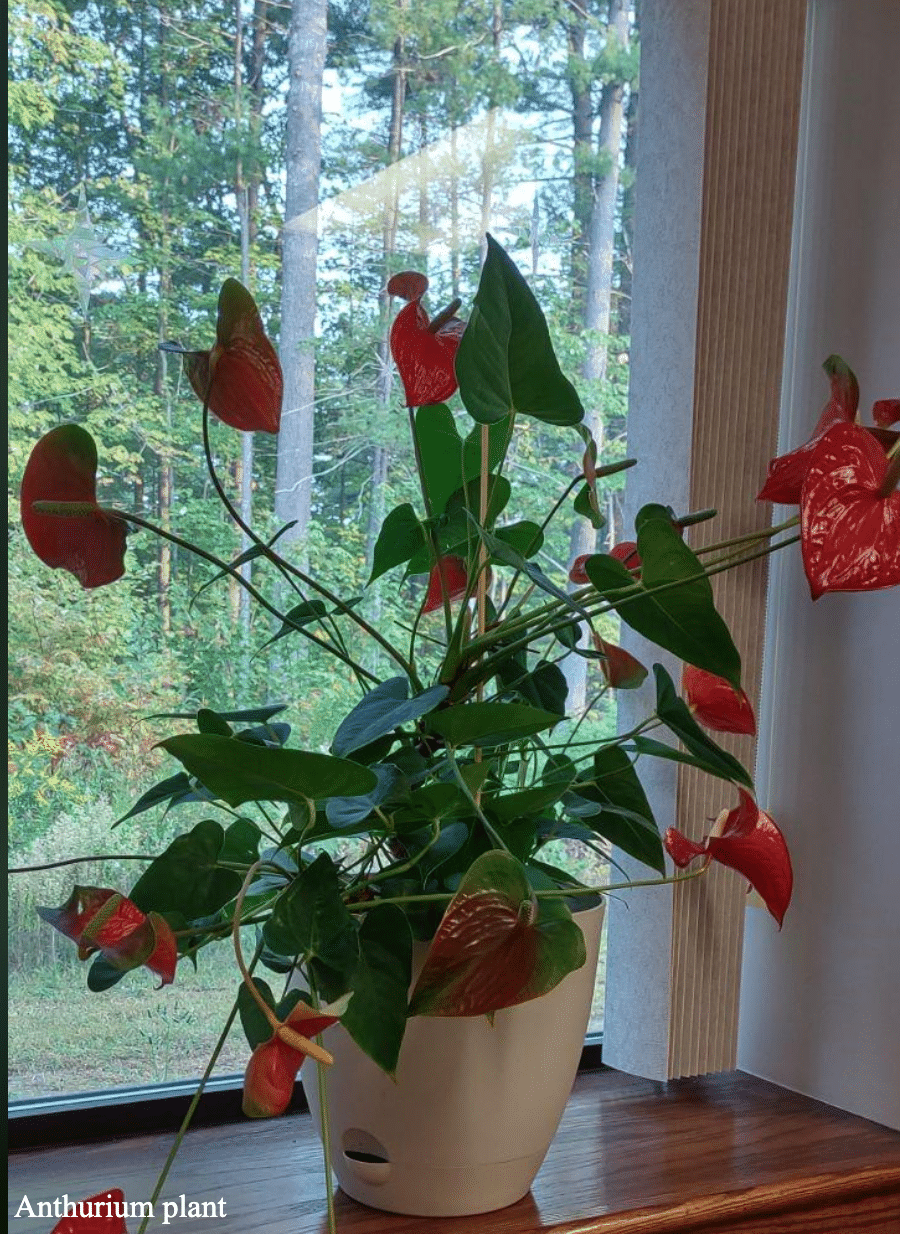
When you purchase through links on our site, we may earn an affiliate commission, which helps sustain our blog!
No flowers? Sparse buds? Your plant’s not being dramatic—it’s probably not getting the light it needs. Flowering houseplants are pickier than foliage plants when it comes to lighting. Too little, and buds won’t form. Too much, and the leaves scorch before you see a single bloom.
We’ve trialed everything—from Orchids in low light to Hibiscus under grow lights—in our Brooklyn home filled with flowering plants. This guide breaks it all down for beginners: how much light indoor flowering plants actually need, how to measure it without fancy gear, and how to give your plant the best chance to bloom indoors all year long.
Light needs by flowering houseplant type
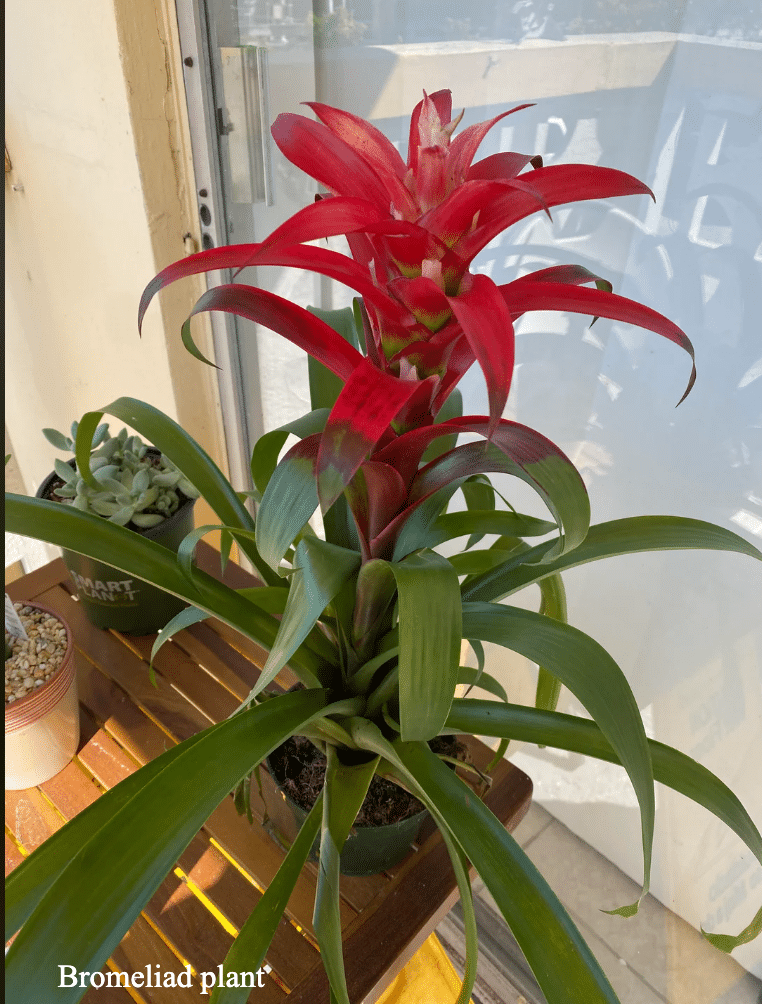
Bright Indirect Light Bloomers
- Peace Lily (Spathiphyllum)
- African Violet (Saintpaulia)
- Anthurium (Anthurium andraeanum)
- Bromeliad (Guzmania, Aechmea)
- Lipstick Plant (Aeschynanthus)
- Clivia (Clivia miniata)
- Phalaenopsis Orchid
- Christmas Cactus (Schlumbergera)
Direct Sun Lovers
- Hibiscus (Hibiscus rosa-sinensis)
- Bougainvillea
- Geranium (Pelargonium)
- Crown of Thorns (Euphorbia milii)
- Jasmine (Jasminum sambac)
- Desert Rose (Adenium obesum)
- Angel Wing Begonia (Begonia coccinea)
- Ixora (Ixora coccinea)
Medium Light Tolerant Bloomers
- Kalanchoe (Kalanchoe blossfeldiana)
- Begonia (Rex & Tuberous types)
- Oxalis (Oxalis triangularis)
- Cyclamen (Cyclamen persicum)
- Impatiens (Indoor variety)
- Chrysanthemum (Dendranthema)
- Primrose (Primula vulgaris)
Why Light Is Essential for Flowering Indoors
Light triggers blooming hormones in plants
Plants have something called photoperiodic responses—which is just a fancy way of saying they bloom based on how much light they get. Certain types of flowering houseplants, like orchids or hibiscus, actually use light duration and intensity to determine when it’s time to produce blooms. Without that light signal, the plant thinks it’s still in rest mode.
Flowering requires more energy than foliage growth
Growing flowers takes serious effort. It’s not just a matter of pushing out some petals. Blooming takes more energy than leaf production, and if a plant isn’t getting enough light to fuel photosynthesis, it will choose survival over beauty every single time. That’s why you’ll see healthy leaves but no buds when a plant is light-starved.
Chlorophyll, photosynthesis, and energy storage for blooms
Without enough light, a plant can’t produce enough chlorophyll, which means weak photosynthesis and not enough stored energy. Think of chlorophyll like solar panels and the blooms like lightbulbs—they won’t turn on without power. We’ve seen flowering stop completely when plants were too far from the window, even if everything else looked perfect.
Plants grown for blooms need longer and stronger light exposure
One of the biggest shifts we made was increasing light duration and intensity. Plants like African violets and Peace Lilies need 10–14 hours of good, indirect light to bloom regularly. We added grow lights on timers in our darker rooms, and just like that—blooms that had been missing for months reappeared.
Understanding Light Levels Indoors (Without Tools)
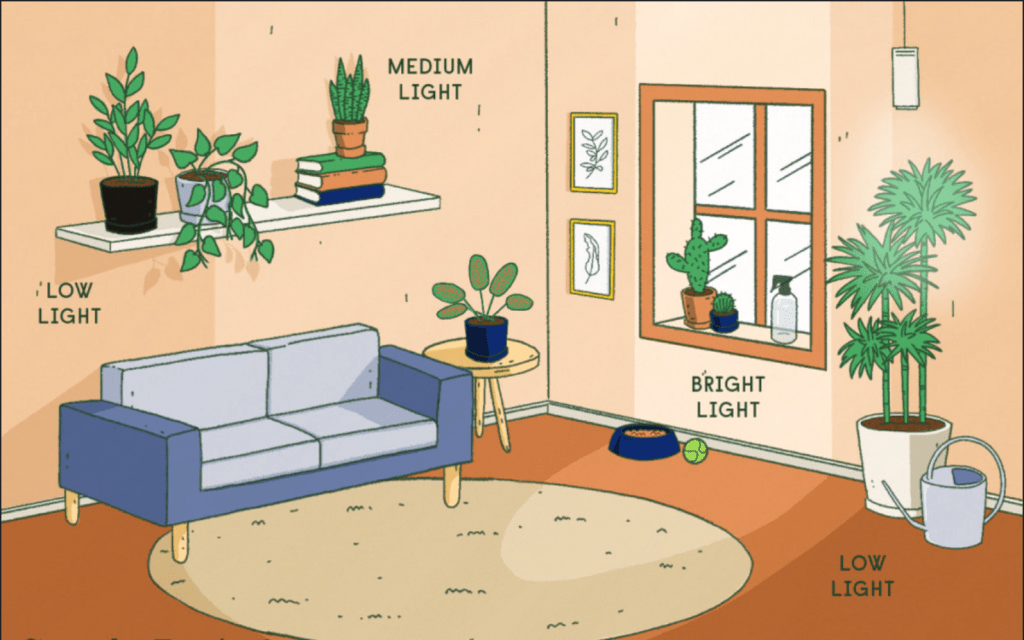
What is bright indirect light vs. direct vs. medium vs. low
Here’s how we break it down:
- Direct light means full sun beams hit the plant.
- Bright indirect is light that bounces off walls or comes through sheer curtains.
- Medium light is a few feet from a window—still visible, but not intense.
- Low light is that shadowy back corner that looks fine to us but doesn’t cut it for plants. Most flowering houseplants need bright indirect at the very least, or they’ll go on bloom strike.
Hand shadow test to estimate light level
Our go-to method is the hand shadow test. Just hold your hand about a foot above your plant’s spot during the brightest part of the day. A sharp, defined shadow means bright light. A blurry shadow means medium. No shadow at all? That’s low light—and likely not enough for blooming.
Using your phone’s lux meter (or free light apps)
We started using our phones to get a rough idea of light intensity—there are tons of free lux meter apps that can help. Most flowering houseplants thrive in about 10,000–20,000 lux. It’s not an exact science, but it gave us a much clearer idea of where to place our bloomers.
Window direction explained: east, west, south, north
North-facing is often too dim unless you’re right on the sill or supplement with light. We adjust plant placement based on these directions every season.
East-facing windows give gentle morning light—perfect for most bloomers.
West-facing windows get strong afternoon sun—great in winter, but harsh in summer.
South-facing means all-day sun—ideal if you have sheer curtains or space to pull back.
How to Maximize Light for Indoor Flowering Plants
Positioning near the best window (based on plant needs)
We now match each plant to its preferred window like a seating chart. East-facing for African violets and orchids, south-facing (with sheer curtains) for hibiscus and anthuriums, and west-facing spots for winter bloomers that need that afternoon strength. The key is knowing how much light your specific plant wants—and then placing it as close as possible to a window that matches.
Using mirrors, reflective trays, and sheer curtains
To spread light around darker corners, we started adding mirrors and light-colored surfaces behind or beside plants. Even a tray with a glossy surface can bounce light upward. And sheer curtains? Total game-changer. They soften harsh direct sun so we can use sunnier windows without burning the leaves.
Rotating plants weekly for even exposure
It used to be that one side of our Peace Lily looked amazing and the other wasn’t. When you rotate flowering plants a quarter-turn every week, especially during their blooming phase, it helps ensure every leaf and bud gets enough light—and keeps the plant symmetrical too.
Cleaning dust off leaves to improve light absorption
This one’s easy to overlook: dust blocks sunlight, even indoors. We gently wipe down our plants with a damp microfiber cloth every couple of weeks. It’s amazing how much more vibrant the plants look after a quick clean—and we’ve noticed flowers last longer when the leaves are clean and breathing freely.
Moving plants with the seasons
We treat our plant placements like musical chairs. In winter, we shift flowering plants closer to the brightest windows. In summer, we might pull them back or add filtering. Tracking seasonal light shifts helps us stay one step ahead of bud drop or bloom slowdown. A small move—just a foot or two—can make a surprising difference.
Read also: how to style flowering houseplants? and how to prune them.
Conclusion:
Getting your indoor flowering plants to bloom isn’t just about water and fertilizer—light is everything. With the right window, a little observation, and a few small adjustments, even beginners can coax vibrant, long-lasting flowers indoors. Start by understanding your plant’s light needs, test your space, and you’ll be one step closer to blooms that wow year-round.

